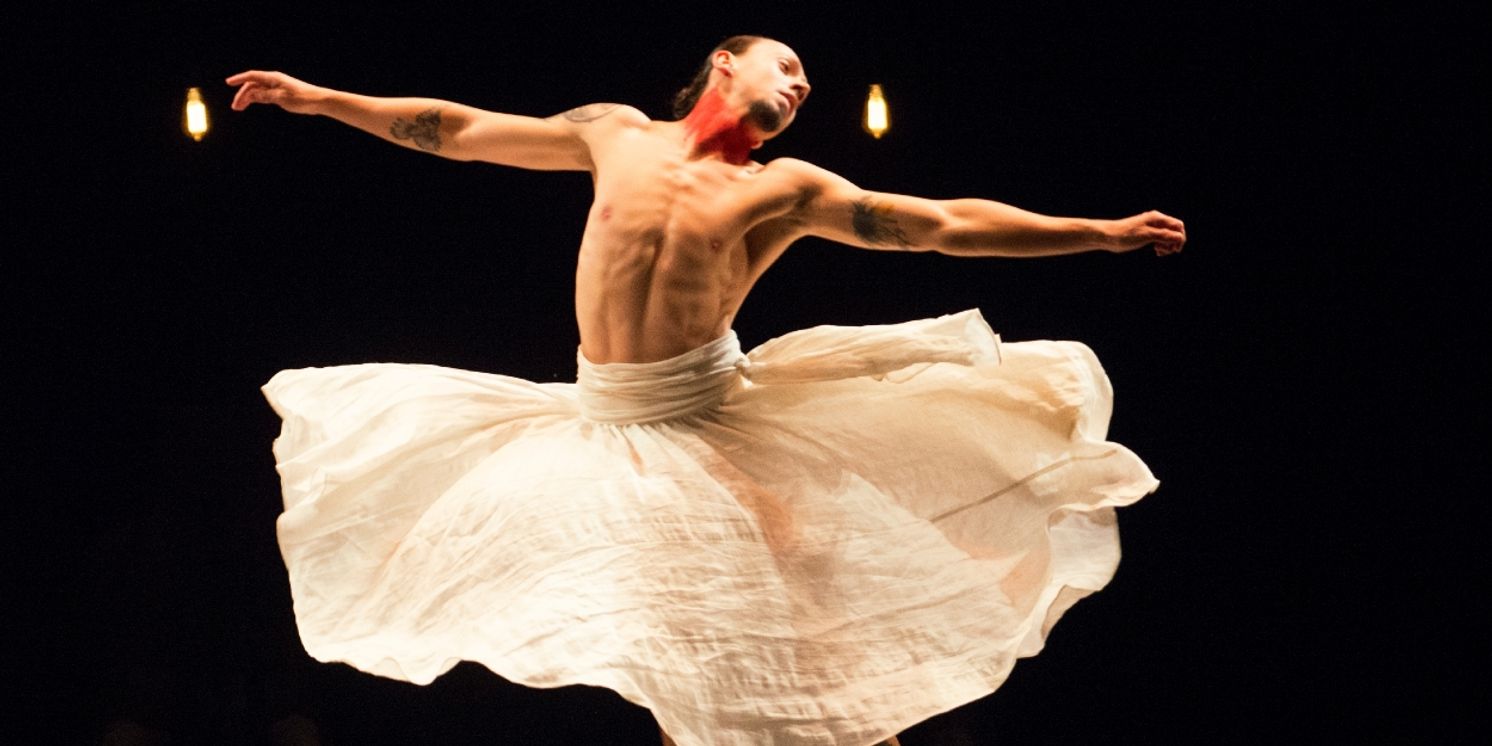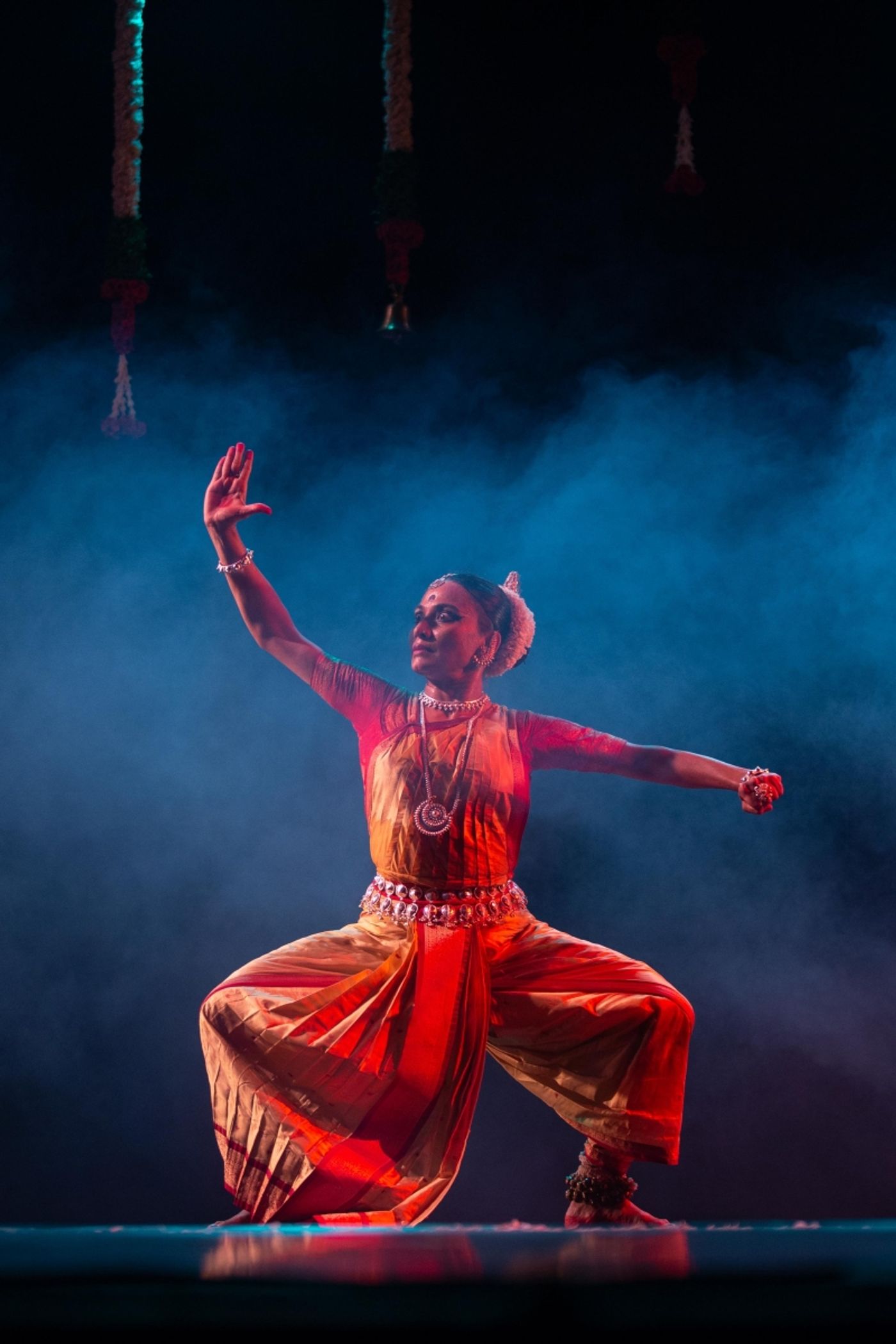Review: Fall for Dance Festival Falls Flat
The New York City Center's Festival, known for its diverse programming, offered audiences a selection of works that were artful, if not a little boring.

The New York City Center’s Fall for Dance Festival knows what it does best: lure in art-loving audiences with a grab-bag style program at below-market ticket prices. At this year’s Festival, the pre-curtain atmosphere is not unlike a high school reunion as patrons visit with one another, asking which of the acts in the night-five programming would be the best?
The answer to that question, unfortunately, is none of them.
Spread over two weeks, the annual Fall for Dance Festival features an array of dance artists -- Ballet BC, Gibney Company, Houston Ballet, Limo Dance Company to name a few -- in a series of nightly programs. Celebrating its 20th season, this fall’s festival, held September 27 to October 08, continues to blaze a path for access and diversity in the arts. With such a range of artists on offer, and ticket prices starting at $20, audiences have the rare chance to choose: Which artists should they see? What styles of dance could they discover? Should they see more than one program? Traditionally this “choose your own adventure” approach ensures that while no single night at the theater is the same, every night is equally enthralling. This year, however, the Festival’s programming felt somewhat disconnected and vaguely dull.
The Festival’s closing program, featuring Bijayini Satpathy, Germain Louvet & Hugo Marchand of the Paris Opera Ballet, and Grupo Corpo, was enjoyable rather than mesmerizing and, at two hours, overly-long. Audiences were offered, as they say on the internet, something rather mid.
This is not the fault of the artists, who each created individual moments of triumph and beauty and awe, but failed to evoke a collective experience that might, as the Festival intends, inspire a newcomer to join, or at least donate to, the arts. Fortunately, or perhaps unfortunately, this has not always been the case. In previous years, show-stepping, awe-inspiring works from artists like Alvin Ailey and Robbie Fairchild left audiences on a high, and managed to bolster even the weakest of program line-ups.
This year the edge-of-your-seat expectation was given to Grupo Corpo, a Brazilian dance theatre company known for challenging audience perceptions of ballet and modern dance. Their performance of choreographer Rodrigo Pederneiras’ “Gira” was raucous, riotous and not unlike watching an exorcism. Phenomenally rhythmic and technically adept to the point of near perfection, the company’s 45-minute piece is provocative, but also painful. Not because it is unenjoyable, but because it literally appears painful to writhe and bend and twist with such force for so long that viewers become inured to the spectacle.
Grupo Corpo prides itself on “transforming choreography into a dance artwork,” and with good reason. When “Gira” begins, dancers appear to blink into existence, as if magicked out of thin air, before tossing themselves around the stage. It’s a clever trick with a gauzy black cloth thrown over the dancers’ heads where they’re seated on the stage that gives the piece this apparition-like introduction. It’s used throughout the marathon-long work in lieu of dancers entering or exiting. The costumes -- a sheer nude bodysuit for women and bare-chests for men atop a white billowing skirt for both genders -- lend an other-wordly homogeneity to the dancers, as if the ensemble are one body seeking freedom from possession. Or at least the denouement for this piece.
If “Gira” is the night’s high point, it is made so by brute force. Louvet and Marchand of the Paris Opera Ballet in Maurice Bejart’s “Songs of a Wayfarer,” set to the eponymous song cycle by Gustav Mahler, are decidedly light. While the song choice demands a certain gravitas, Louvet and Marchand float instead, tossing steps back and forth between them as if in a variation class. Even if it is not totally captivating, perhaps even too delicate, it remains a pretty piece. The dancers’ control and attention to detail creates beautifully long lines, like they might stretch into infinity in every direction. Louvet is a standout. It is mesmerizing to watch him make something subtle and substantial out of what is, at best, mild melodrama. In particular, there is a narrative present that only lands at the very end, when Louvet’s face is so violently heartbreaking that there are sniffles in the audience.
 In an inauspicious opening, Odissi master Satpathy’s “Sitaharan” leaves audiences in a state of perplexity. Odissi dance, one of the oldest forms of classical dance in India, is celebrated around the world for its lyricism, sensuality and emphasis on bhakti bhava, or attitude of devotion and surrender. It is, however, hard to understand and connect to as an artform. The storytelling is complex and, without necessary context, too easy to ignore in favor of merely staring in a state of confused contentment. Satpathy tries extremely hard to make Odissi resonate, and is a fantastic character dancer for her trouble. But at nearly 30 minutes long, the piece tends to drift, leaving audiences to connect most with the musicians seated on the stage performing a traditional song adapted from a compassion by PT. Raghunath Panigrahi. “Sitharan” is perhaps the one performance that stays with the audience, if only to research later to be sure of what was seen.
In an inauspicious opening, Odissi master Satpathy’s “Sitaharan” leaves audiences in a state of perplexity. Odissi dance, one of the oldest forms of classical dance in India, is celebrated around the world for its lyricism, sensuality and emphasis on bhakti bhava, or attitude of devotion and surrender. It is, however, hard to understand and connect to as an artform. The storytelling is complex and, without necessary context, too easy to ignore in favor of merely staring in a state of confused contentment. Satpathy tries extremely hard to make Odissi resonate, and is a fantastic character dancer for her trouble. But at nearly 30 minutes long, the piece tends to drift, leaving audiences to connect most with the musicians seated on the stage performing a traditional song adapted from a compassion by PT. Raghunath Panigrahi. “Sitharan” is perhaps the one performance that stays with the audience, if only to research later to be sure of what was seen.
While never unenjoyable, this year’s City Center’s Fall for Dance Festival leaves room for hope that next year’s program will fight flatness to find a new peak.
Reader Reviews
Videos

